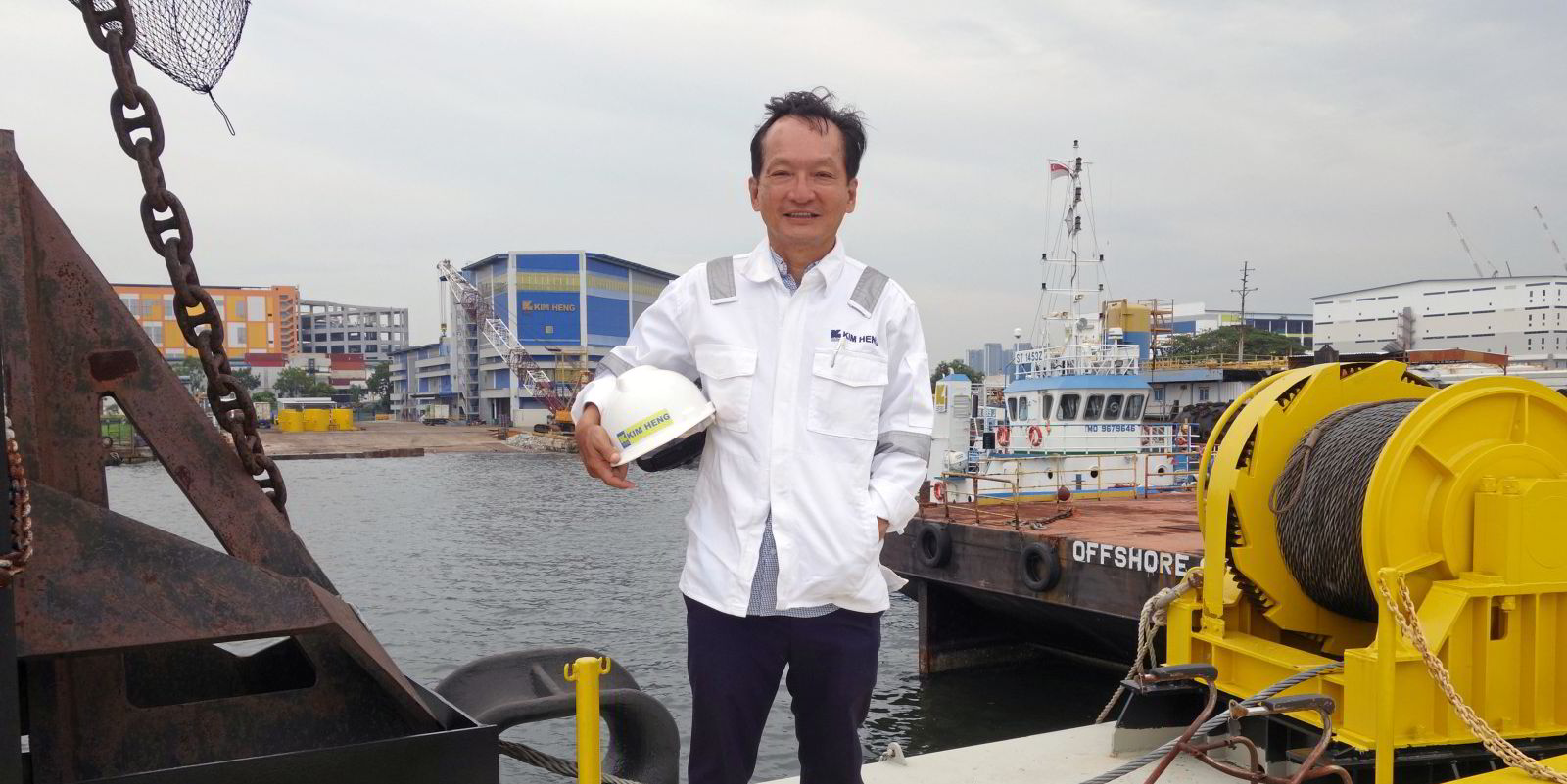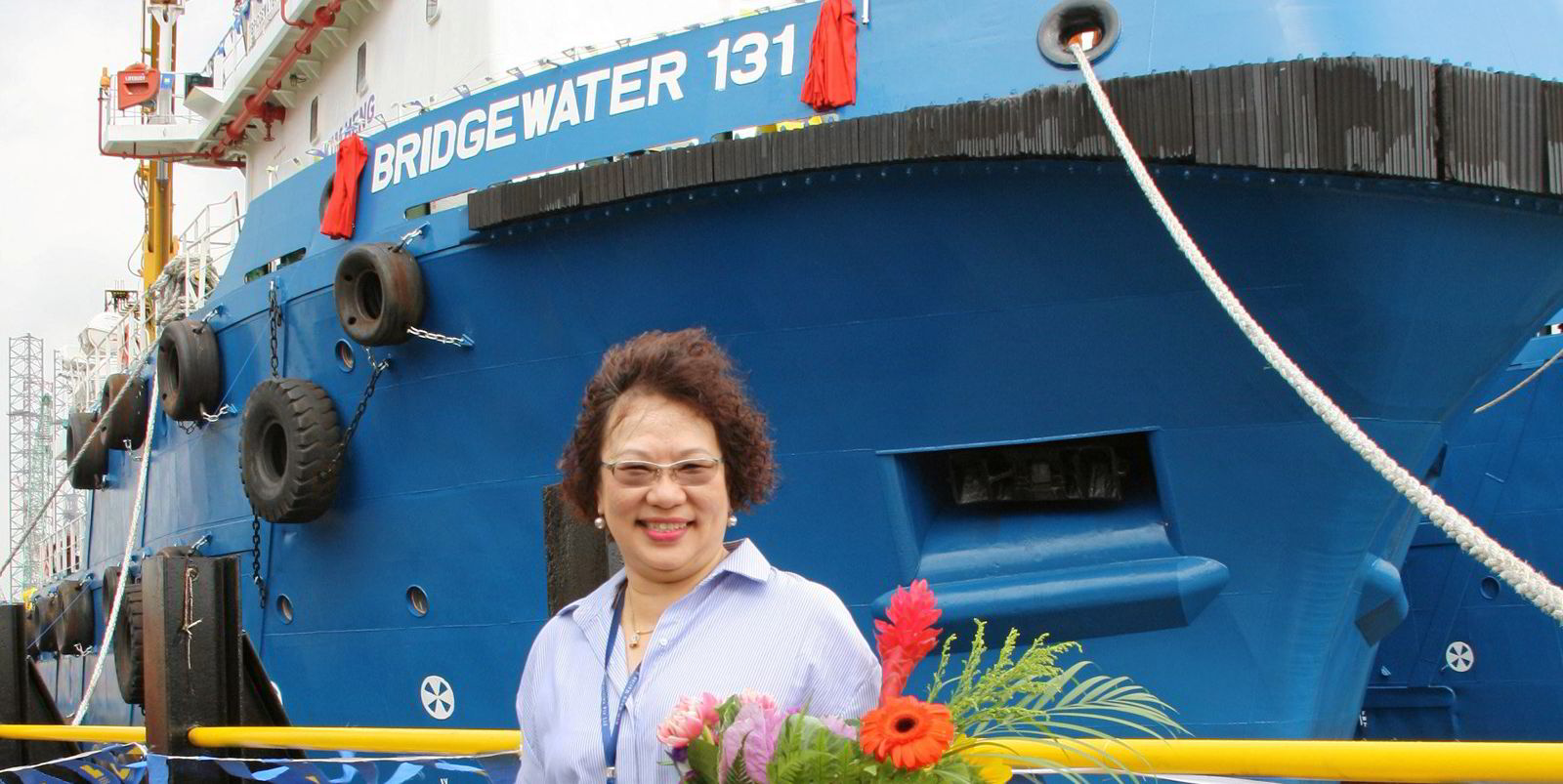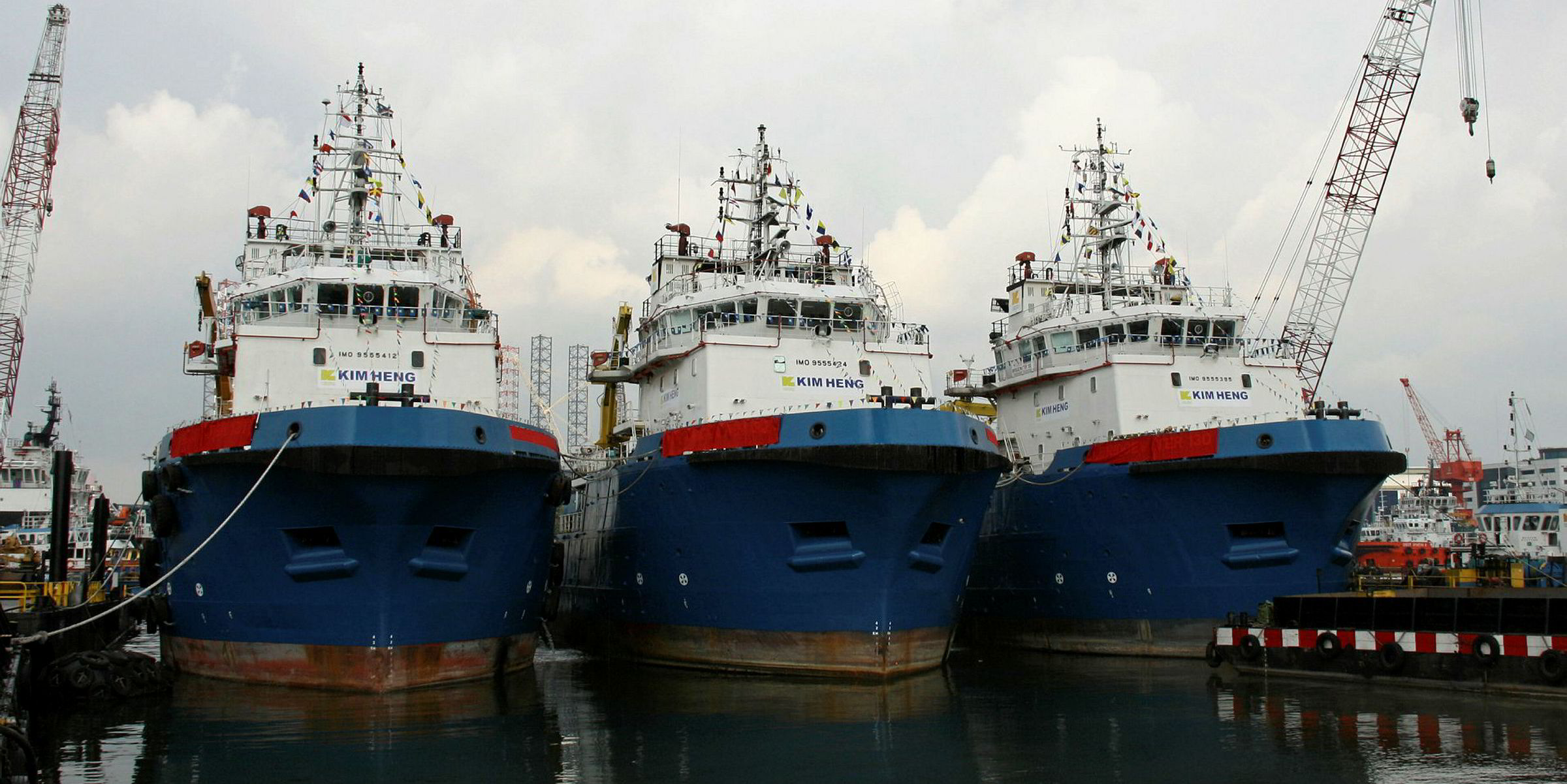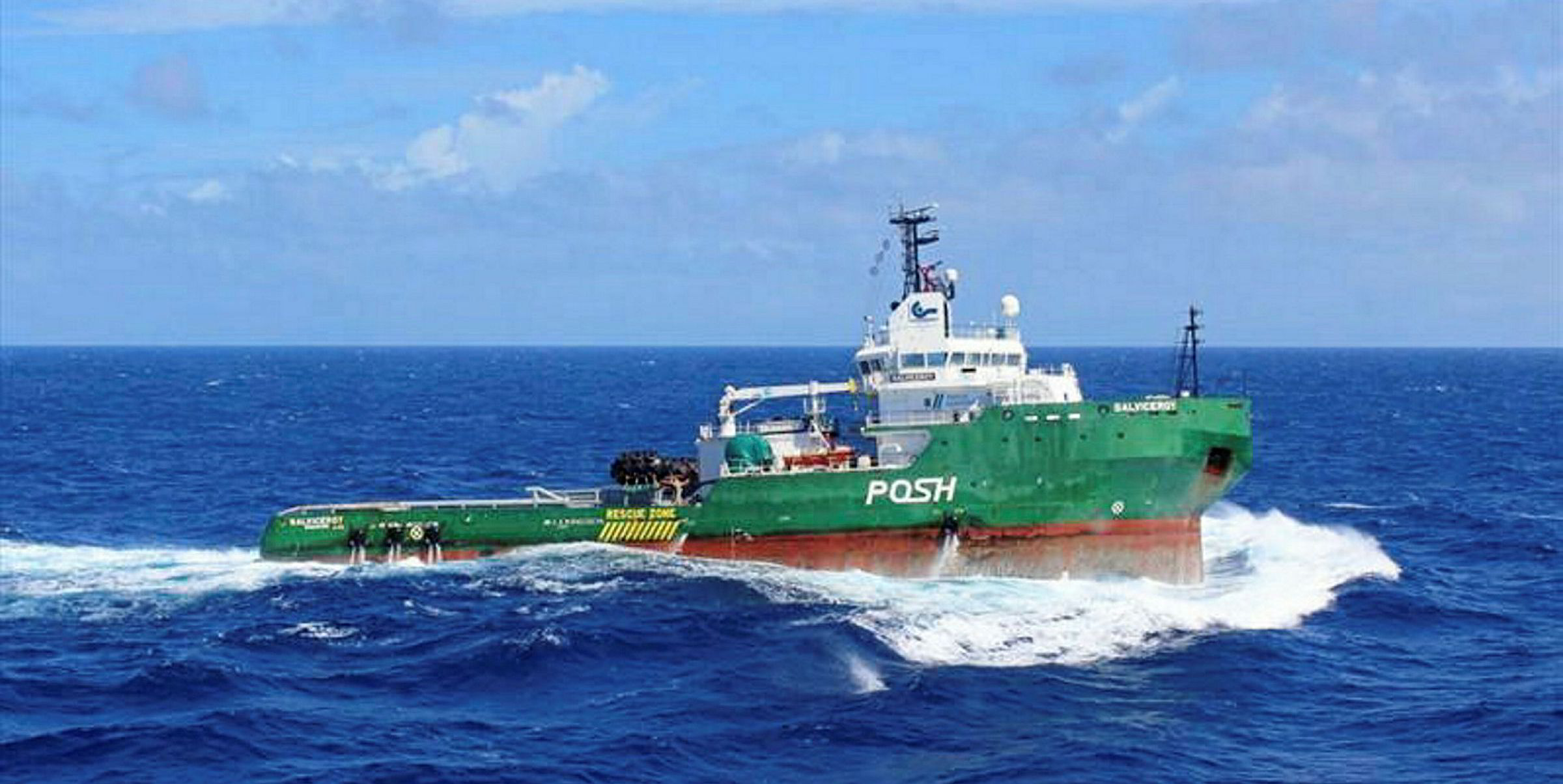Visitors to Kim Heng headquarters in the Jurong industrial port zone of Singapore will notice something has been removed from the end of the company's name.
Gone are the words "Marine & Oilfield" that signified the company was a player in the offshore sector. Today, it is Kim Heng Ltd.
Down on the yard's dock, executive chairman and chief executive Thomas Tan is keen to show off his latest acquisition.
The Adira 300 is not one of the numerous anchor-handlers the company has been buying up in recent years. Instead, the new pride of the fleet, freshly arrived from Australia, is a 91.4-metre barge that will soon be transformed into a shallow-water cable layer.
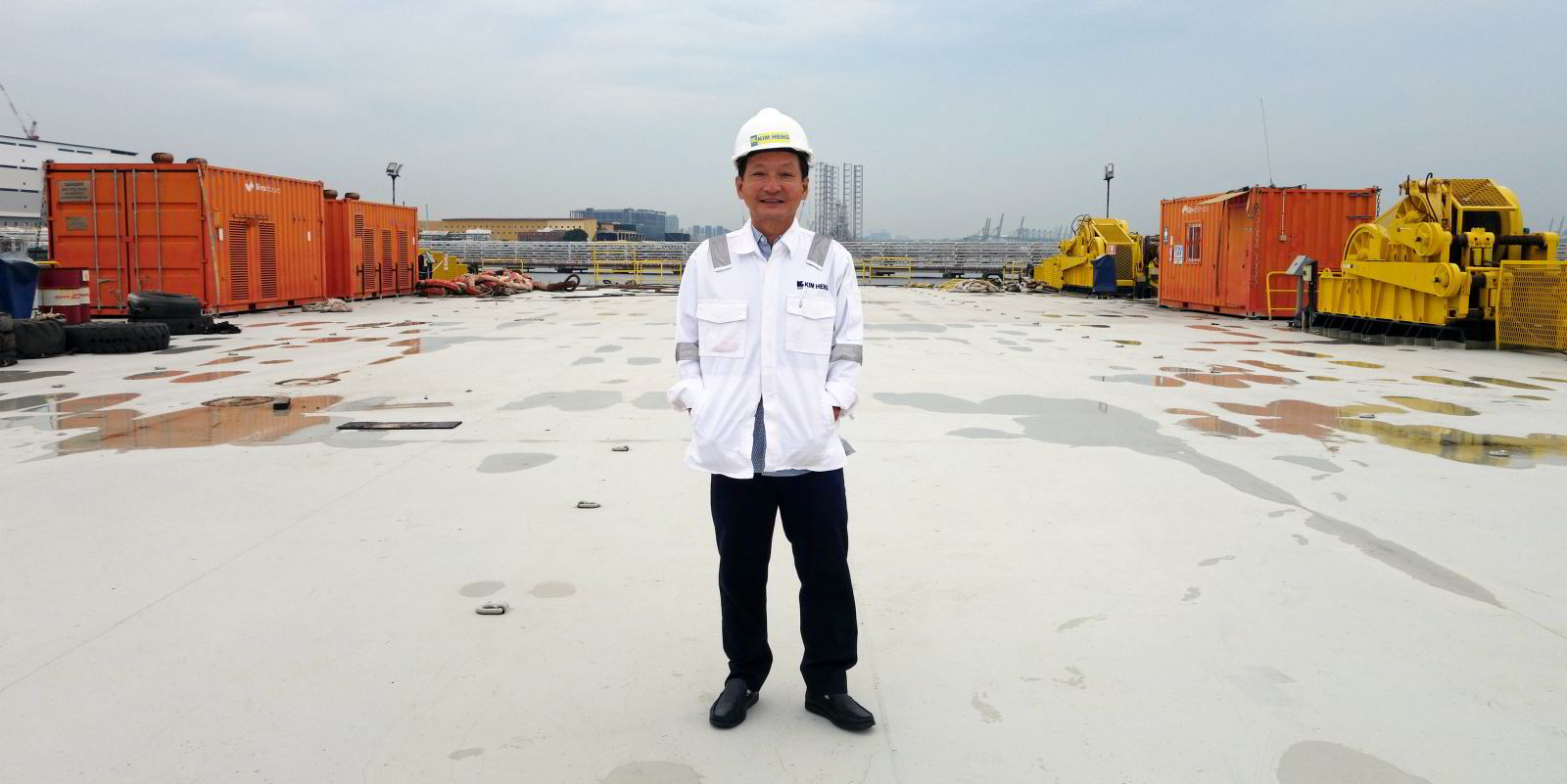
The acquisition is part of a revamp of Kim Heng — underway since 2018 — in which the company is scaling back in offshore oil and gas and pivoting towards renewable energy, with wind being its main driver.
The impact this has had on investors can be clearly seen. Between January and October, Kim Heng's share price on the Singapore Exchange jumped 233%.
Several offshore support vessel operators have been targeting the renewables markets in recent years, so the pivot is nothing new.
However, Tan makes it clear that the difference is how Kim Heng is doing it: "The difference between us and our peers is that we are going to do a lot more than just vessel hire."
Tan described Kim Heng as evolving into a renewable-energy solutions provider. It wants to grab a greater share of that value chain by specialising in engineering, procurement, construction and installation support.
"We are creating a niche where we specialise in part of the value chain and get to be part of the project management. We don't want to just be a vessel provider. There is no value in that," he said.
In renewables, the company teams up with partners that can offer any additional expertise required.
A good example is its first major renewables project in Taiwan. A joint venture was formed with Thailand’s Thaitan Drilling to bid on a Taiwan Power contract for phase one of the biggest offshore wind project in the country to date.
The pair won the contract in 2020. Work includes horizontal directional drilling and piping, subsea cabling for the shallow-water parts, and the transport of equipment out to the turbine jackets during installation.
"We don't need the big vessels. The big subsea contractors take over in deeper water," Tan said.
Renewables accounted for 31.3% of the company's SGD 37.6m ($27.7m) revenue in 2020, although it is expected to take a greater share from now on.
With the Taiwan contract underway, Kim Heng is eyeing deals involving similar work on wind farms elsewhere in Asia.
Tan indicates there are many opportunities throughout the region, from South Korea to Vietnam, and the company is in discussions.
Vessel acquisition strategy
Kim Heng, which started as a marine engineering firm, began building up a fleet of anchor-handlers in 2017, following the collapse of the offshore sector.
Market sources at the time said the bargain price paid for the distressed assets gave the company the ability to "right price" its investment against the low rates on offer.
At times, market fluctuations have allowed the company to flip some vessels at a profit.
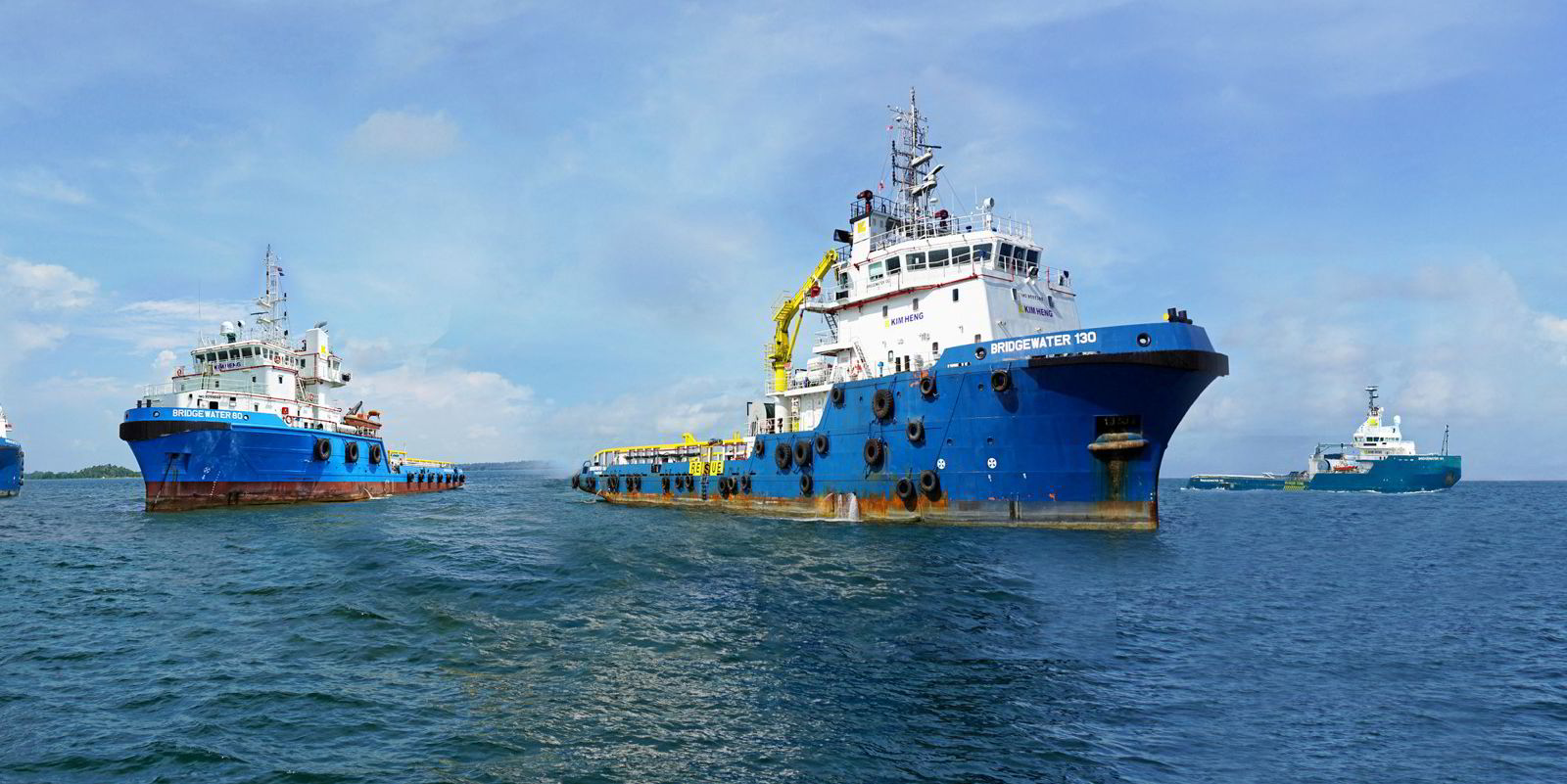
Kim Heng owns 11 anchor-handlers, mostly via Bridgewater, a joint venture with Phillip Capital, along with five OSVs. Utilisation rates for the anchor-handlers are in the region of 70%.
These are supplemented by tugboats, workboats and around 30 specialised barges.
Tan believes Kim Heng has enough offshore vessels to give it economies of scale.
"I think my strategy to expand the fleet at that time was correct. We came in when the industry was in trouble and asset prices were in distress," he said.
"Any new vessels going forward will be related to renewables."
The cable-laying barge Adira 300 is the first renewables-related investment.
Kim Heng has also splashed out SGD 10m on a 1,250-tonne lift capacity crane that will be fitted on to a barge for coastal and near-shore wind farm installation work.
These investments appear speculative for now, as the company has yet to confirm projects that require their use, but Tan believes they are necessary.
"In order to eye up these jobs, you have to have the right assets," he explained.
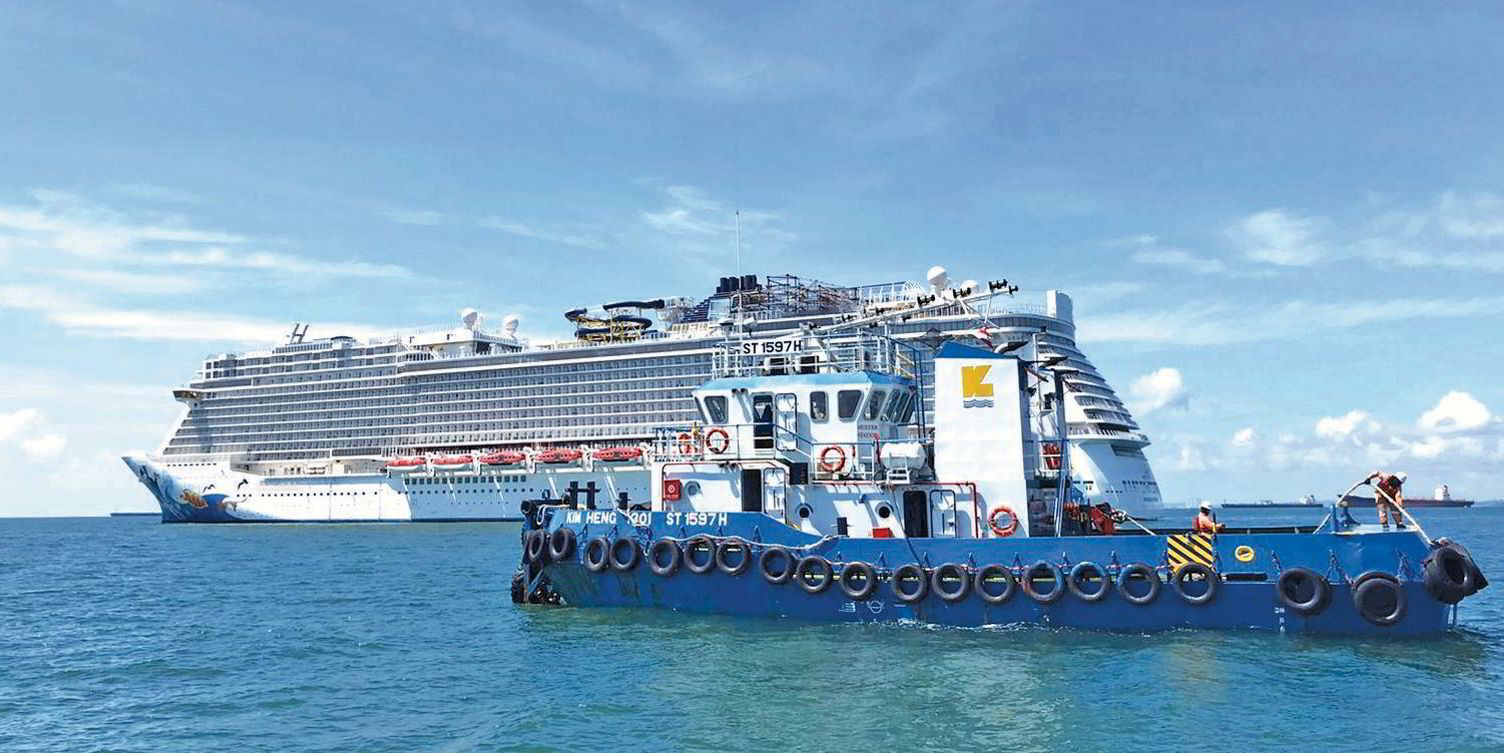
Despite the emphasis on renewables, Kim Heng's legacy businesses covering its two shipyards, marine engineering, offshore contracting, vessel chartering, and salvage will be retained.
"If a sector is growing, we will expand. If it is going away, we will let it fade away. We have to adjust as we go along — we have to follow the money," he concluded.
